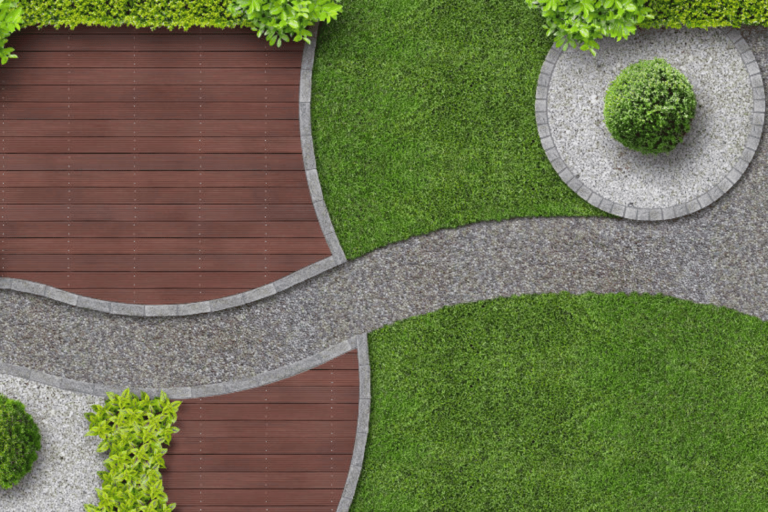Materials for Garden Pathways
Building a garden pathway involves selecting suitable materials to create a functional and visually attractive walkway. Common materials for garden pathways include gravel, stone, brick, and wood. Each material has advantages and can be used to achieve different design styles and practical needs.
Gravel is an affordable and easy-to-install option that provides excellent drainage. It is available in various sizes and colours, allowing for customization. Gravel pathways are ideal for informal gardens and can be combined with stepping stones or edging materials for stability.
Stone pathways like flagstone or slate create a natural and elegant look. Stone is robust and can withstand heavy foot traffic, making it suitable for high-use areas. Stone pathways require careful installation to ensure a level surface and proper drainage.
Brick pathways offer a classic and timeless appearance. Bricks are durable and can be arranged in various patterns, such as herringbone, basketweave, or running bond. Brick pathways are ideal for formal gardens and complement traditional landscape designs.
Wood pathways, such as decking or boardwalks, add a rural and natural touch to the garden. Wood is handy and can create raised walkways or ground-level paths. Choose rot-resilient wood, such as cedar or redwood, and treat it with a sealant to extend its lifespan.
Steps to Create Your Pathway
Creating a garden pathway involves several key steps, including planning and design. Begin by determining the location, length, and width of the path. Think through the natural flow of your garden and ensure that the pathway connects vital areas, such as entrances, patios, and garden beds.
Mark the pathway outline with stakes and string, and use a garden hose or rope to create curves and adjust the layout as needed. Once the design is finalized, remove any existing grass or vegetation within the pathway area. Excavate the pathway to a depth of 4-6 inches, depending on the materials and intended use.
Set up a base layer of crushed stone or gravel to provide stability and drainage. Spread the base material evenly and compact it with a tamper or plate compactor. Add a layer of sand or levelling material on top of the base to create a smooth surface for the pathway materials.
Lay the pathway materials according to your design. For gravel pathways, spread the gravel evenly and rake it to create a level surface. Place the stones or bricks in the desired pattern for stone or brick pathways, leaving consistent gaps for sand or mortar. Apply a rubber mallet to gently tap the materials into place and ensure a level surface.
Depending on the design, fill the gaps connecting the stones or bricks with sand, gravel, or mortar. Sweep the surface to remove excess material and compact the pathway again to ensure stability. Add edging materials, such as metal, plastic, or wood, to define the path and prevent the materials from spreading.
Finish the pathway by adding any final touches, such as decorative borders, lighting, or plantings. Regularly maintain the path by removing weeds, replenishing materials, and addressing settling or shifting. Following these steps, you can create an attractive and functional garden pathway that enhances your outdoor space.
Explore More Gardening Tips and Ideas
- Growing Bonsai: Tips for Miniature Tree Enthusiasts
- Buying Bonsai: Tips for Selecting Your Perfect Tree
- Bonsai Potting: Essential Tips for Tree Care Success
- Bonsai Maintenance: Essential Care for Tiny Trees
- Mastering the Art of Shaping Bonsai: A Beginner’s Guide


